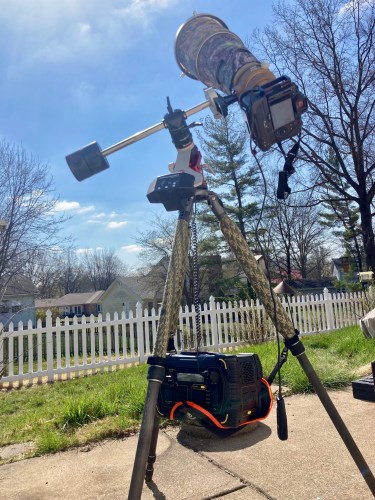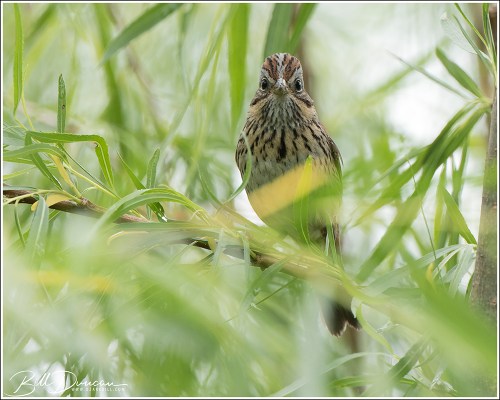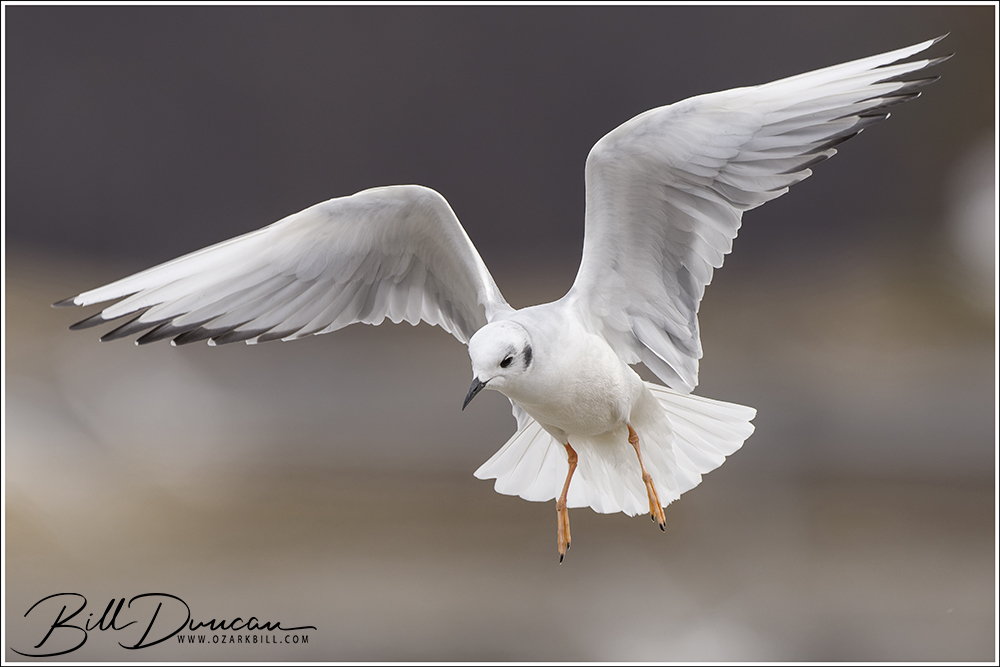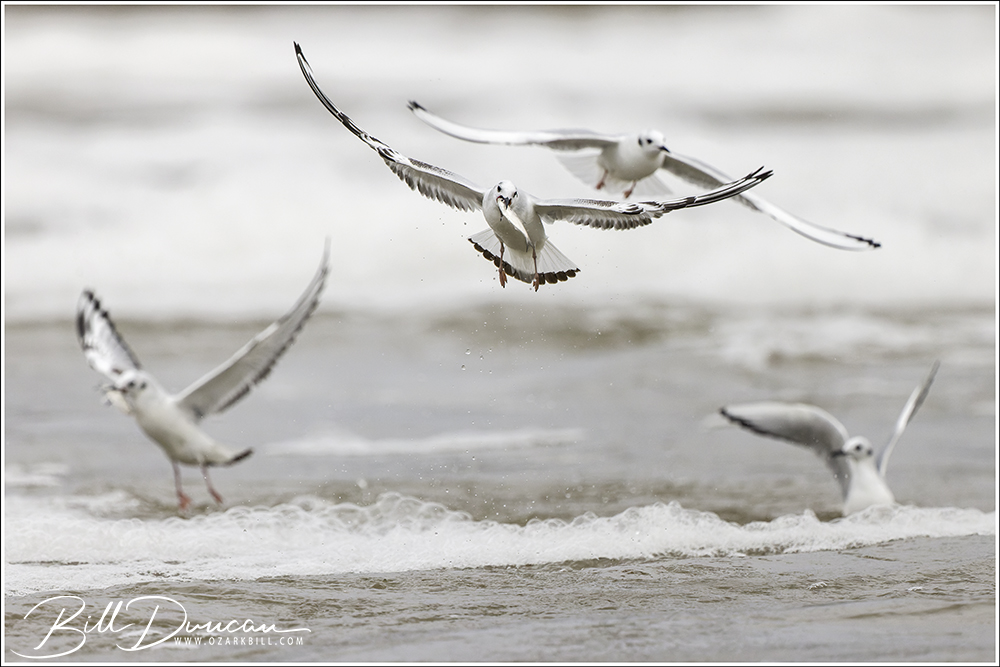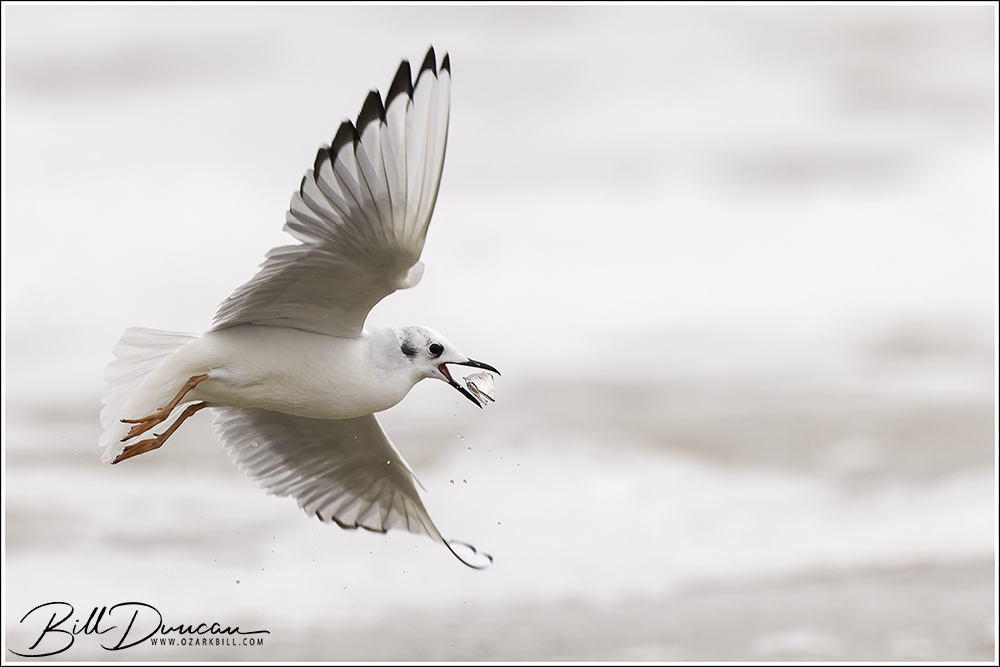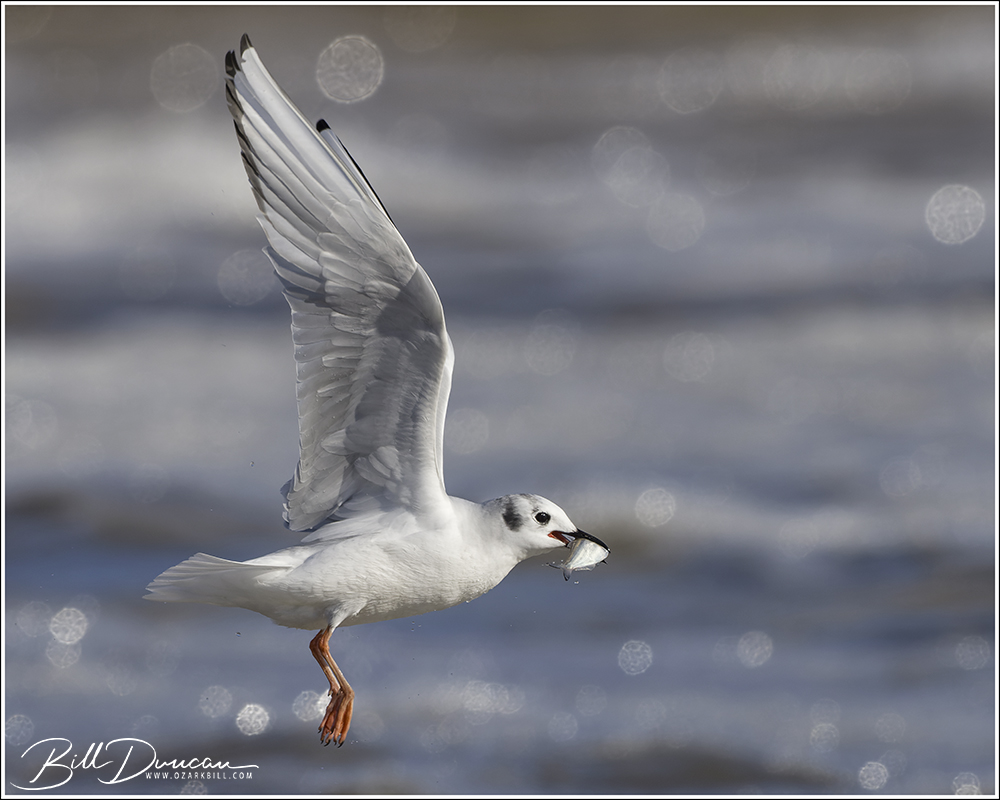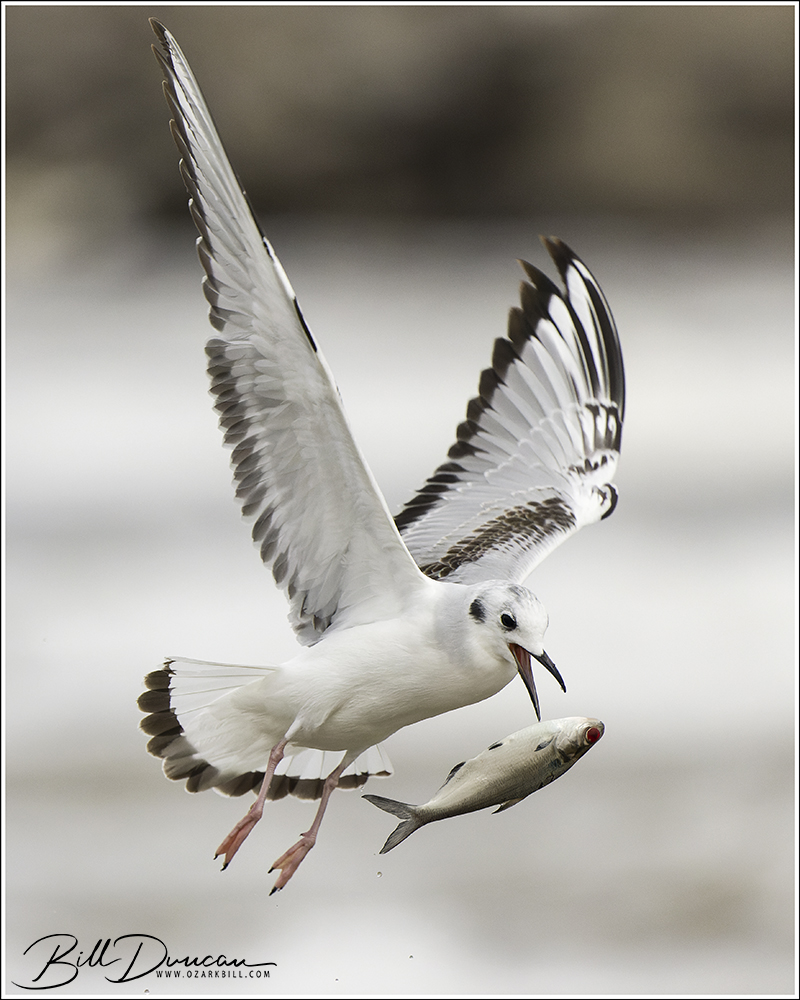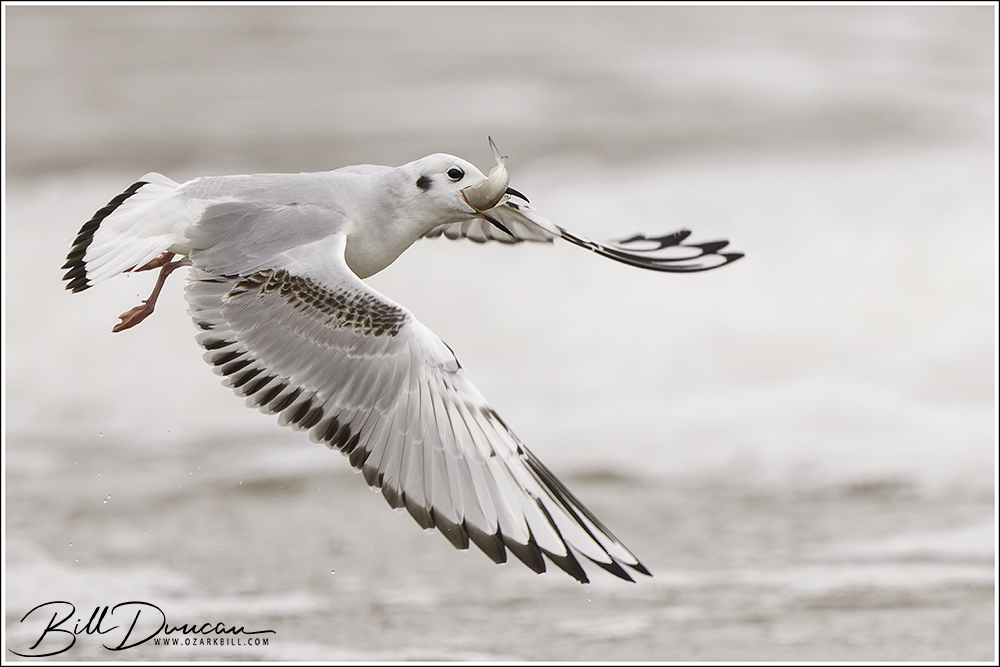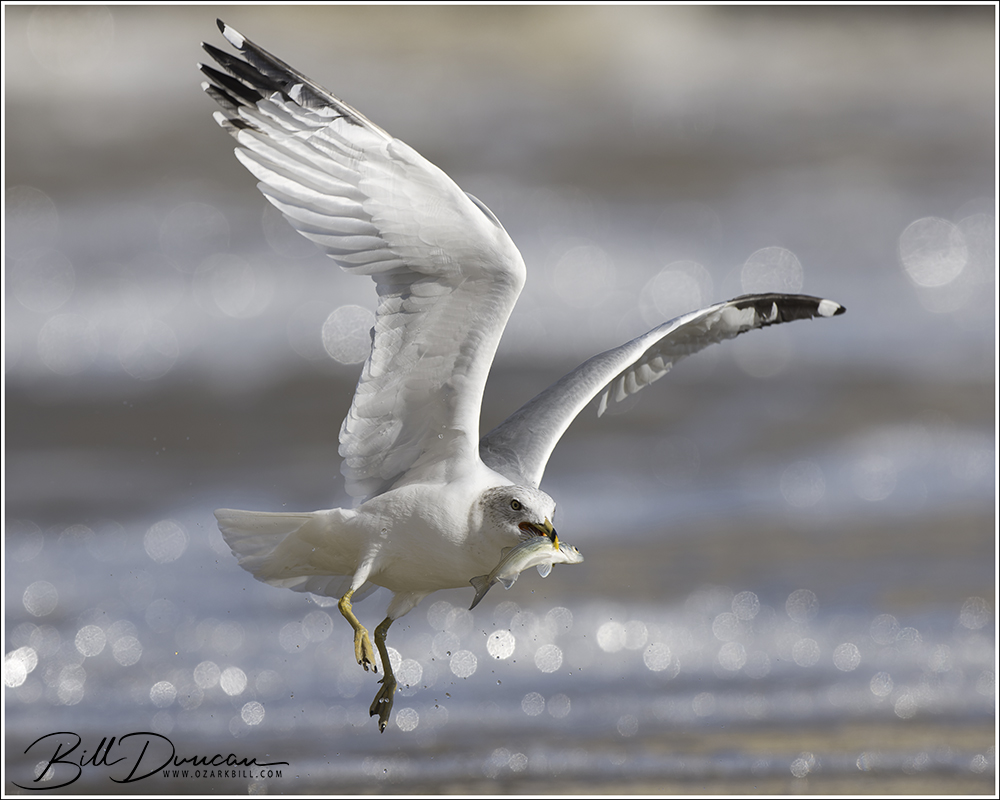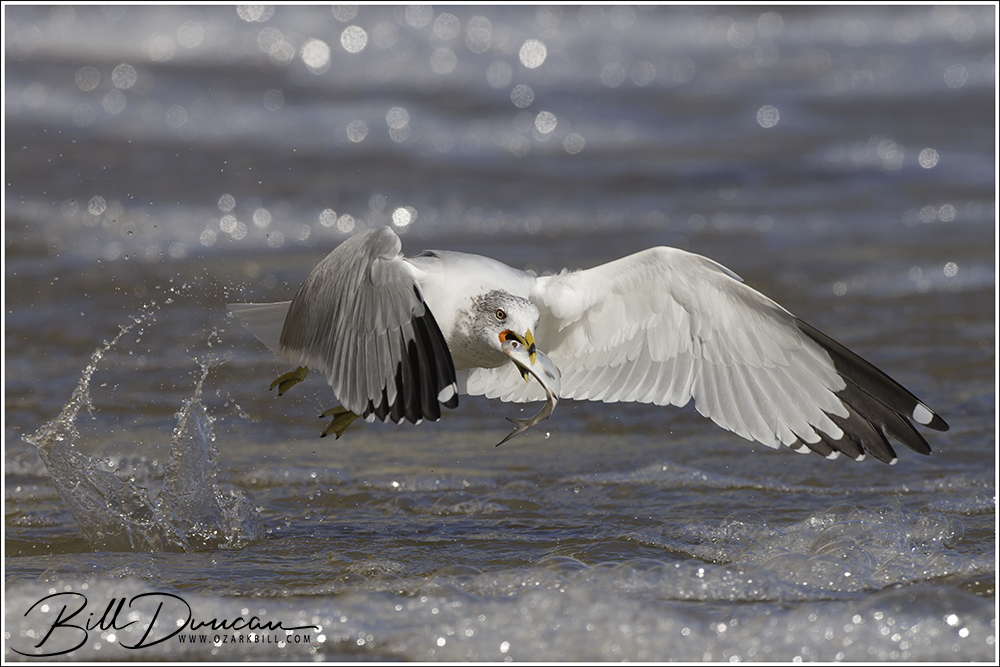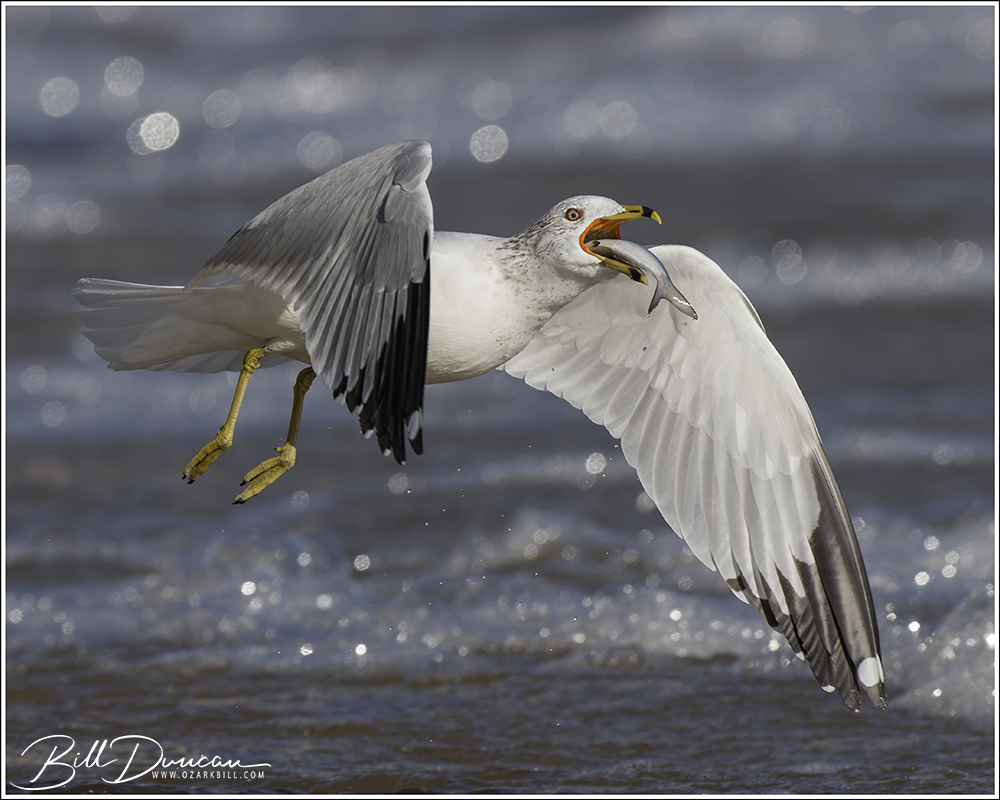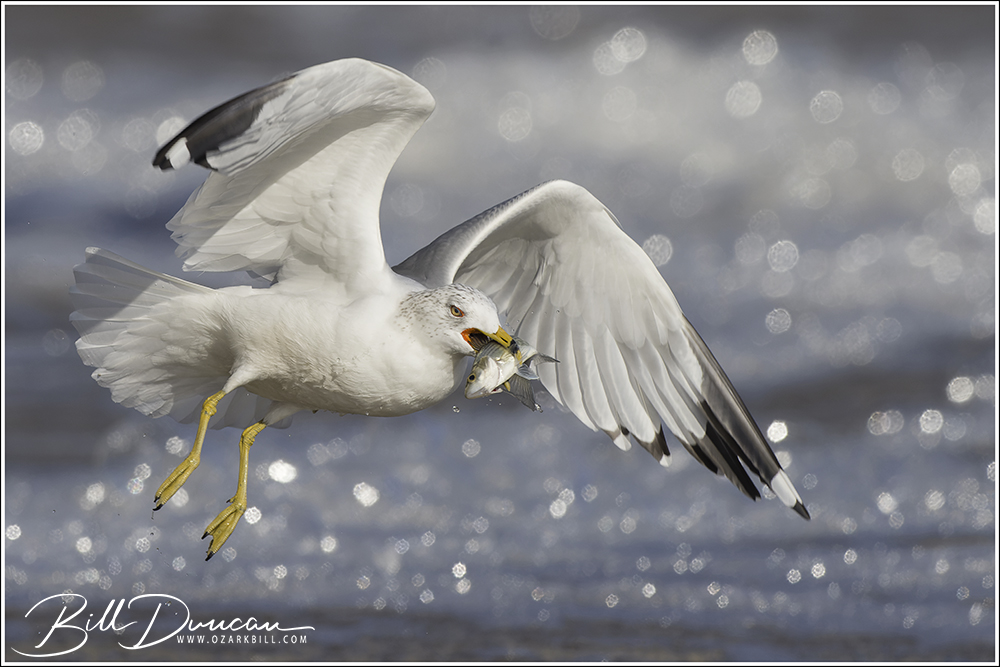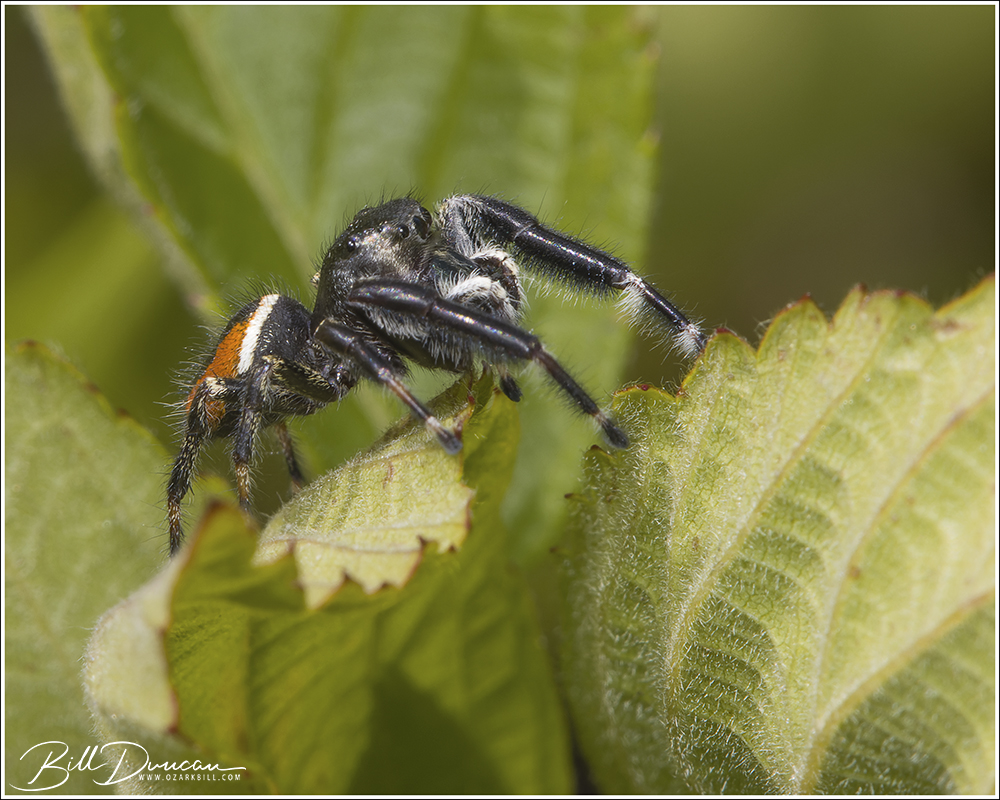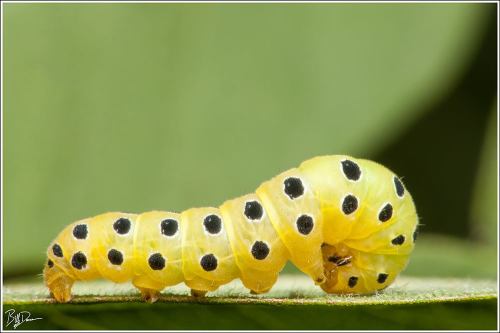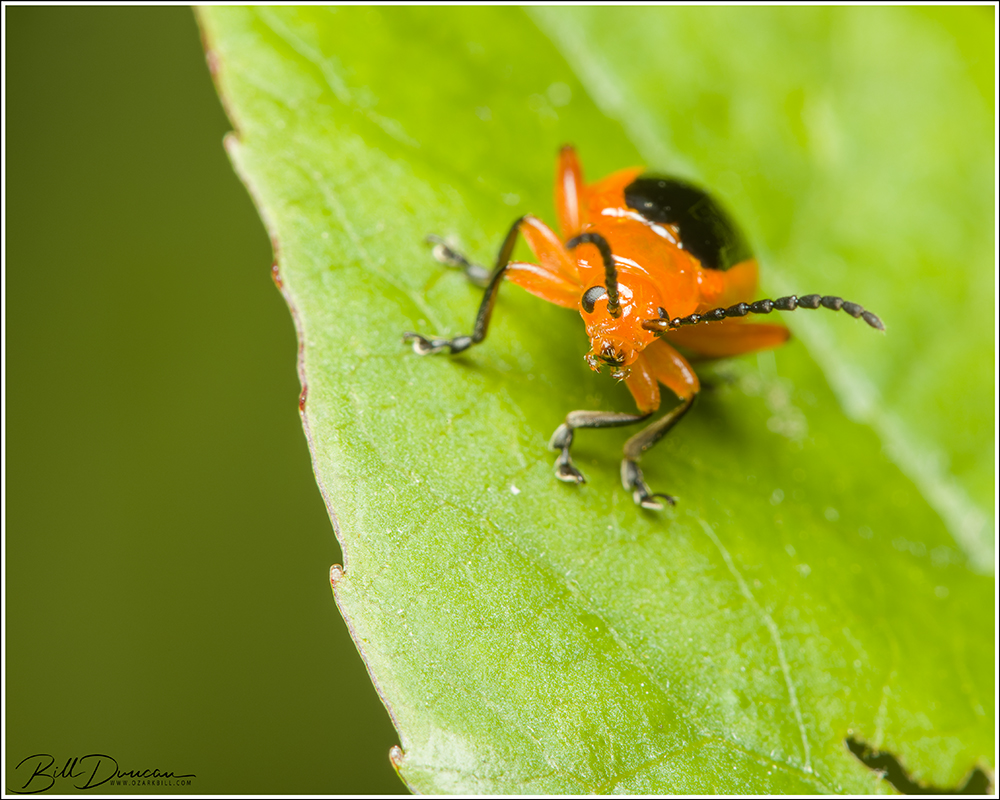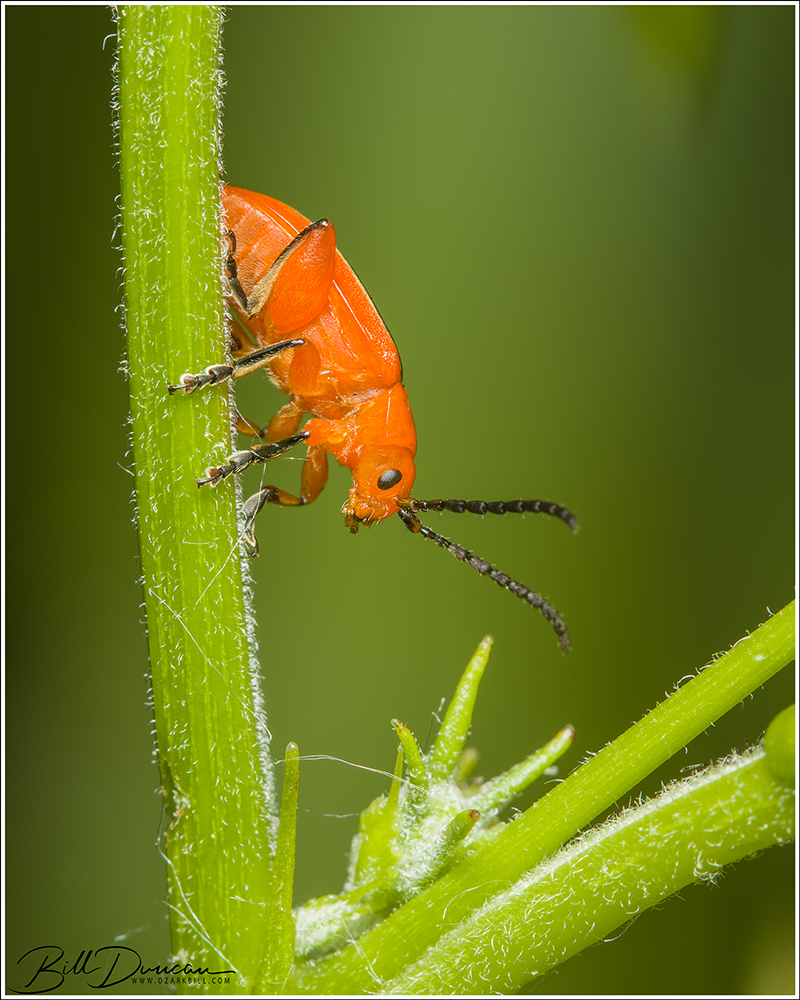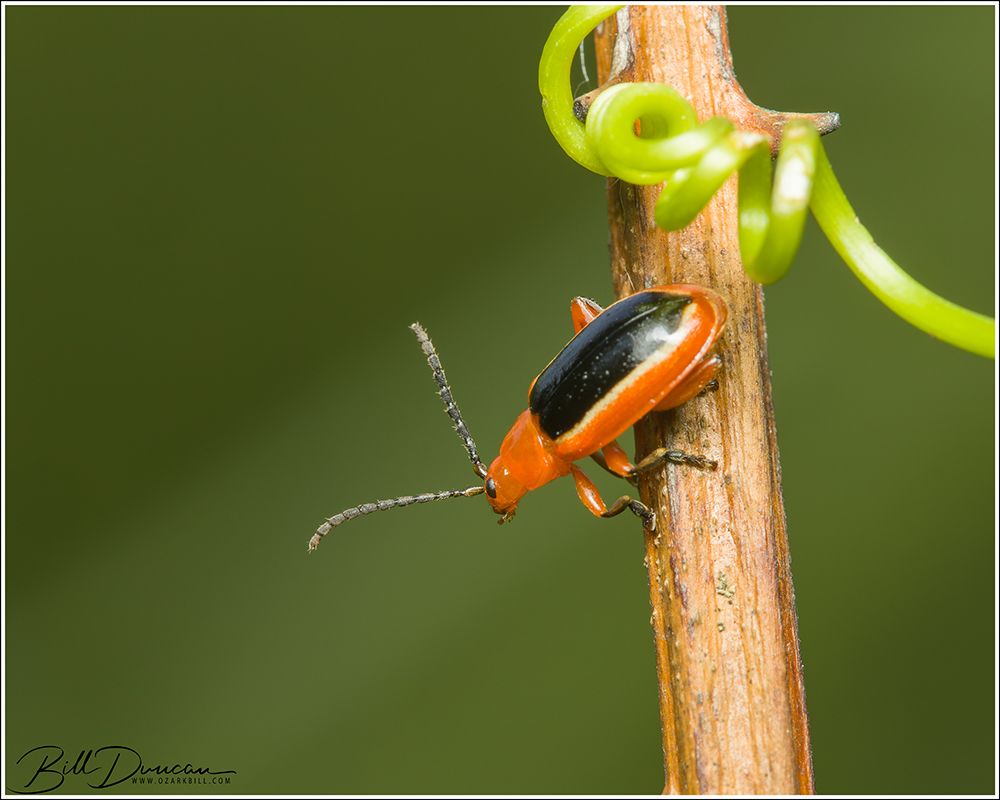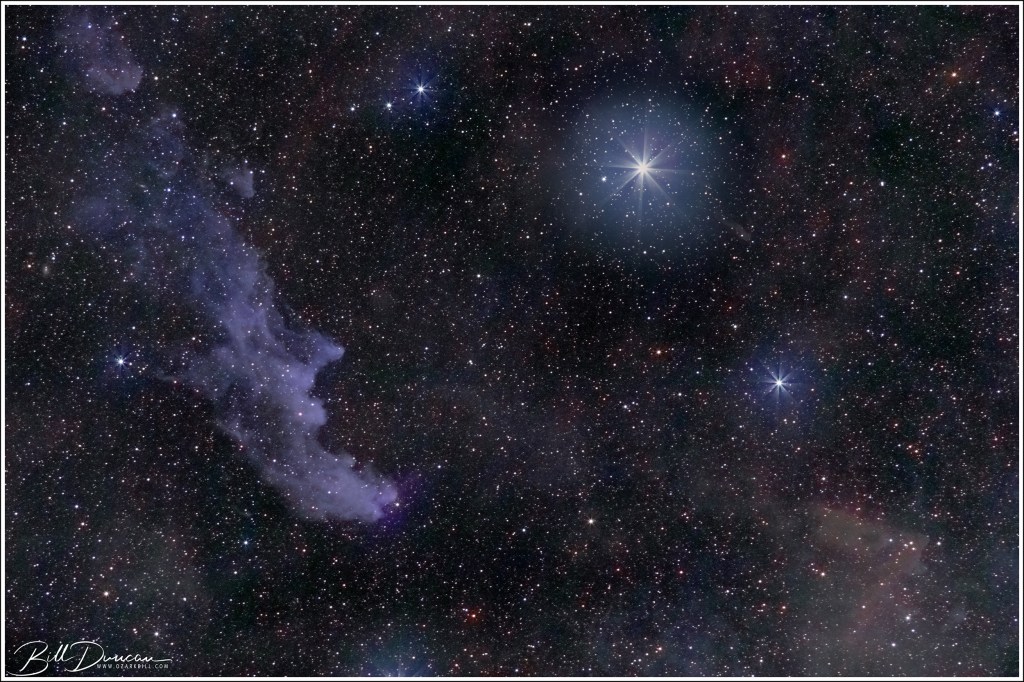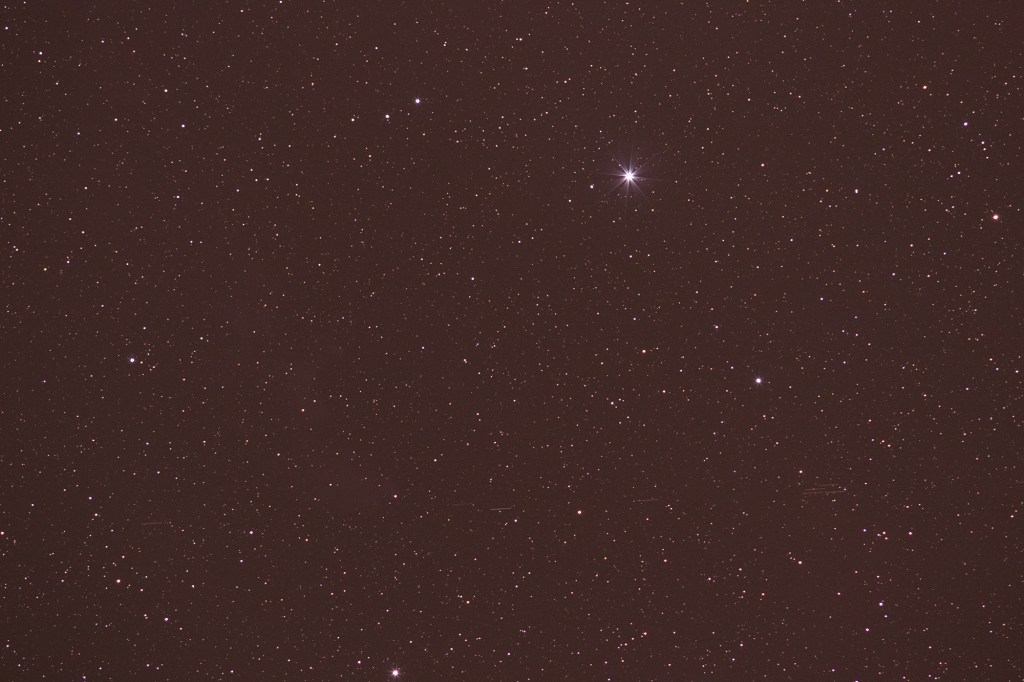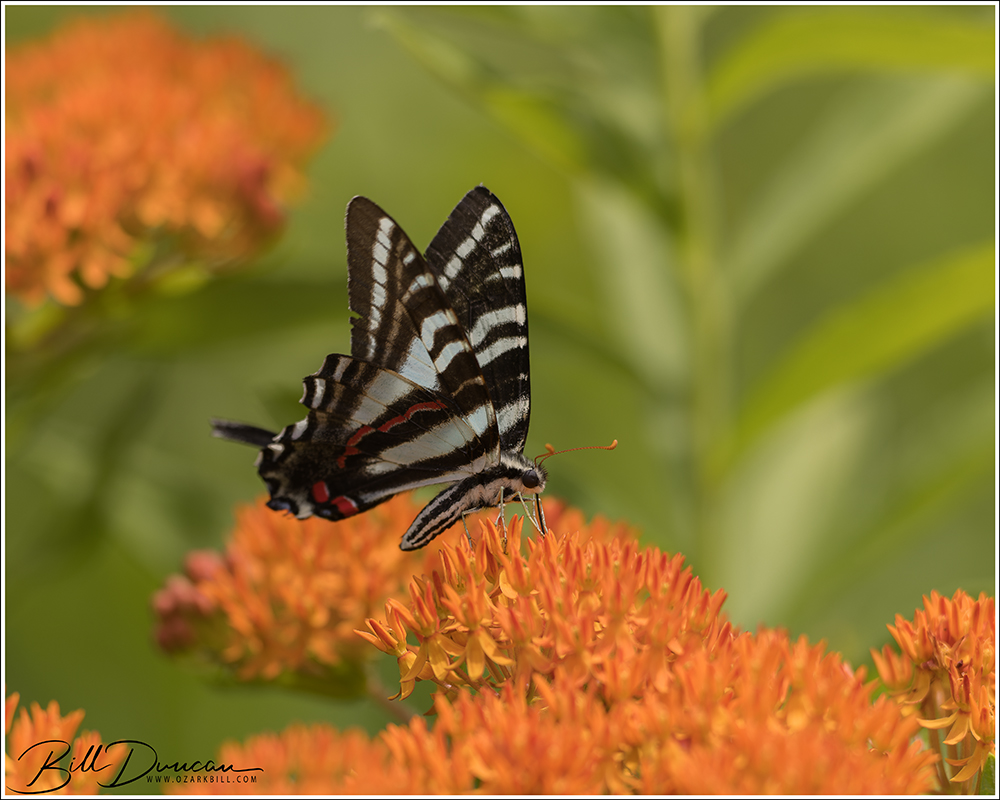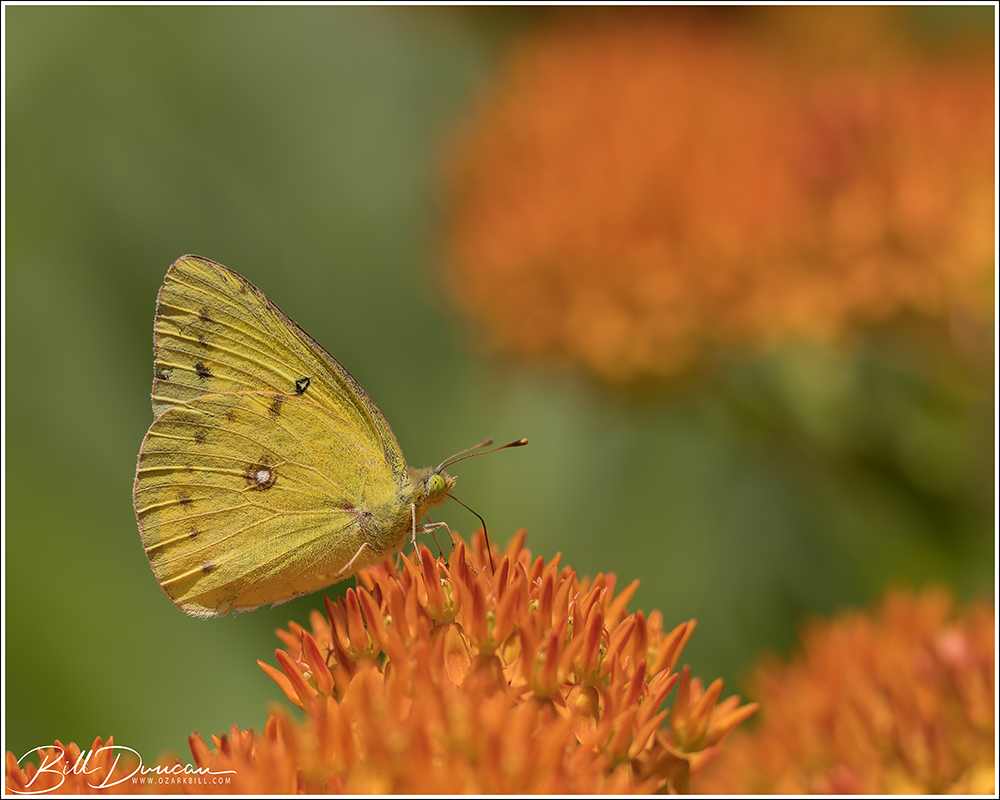The Cygnus Veil Complex
The Cygnus Veil, also known as the Cygnus Loop, is a large (~ 3° in diameter) emission nebula created by a supernova explosion that occurred ~ 20,000 years ago. It lies an estimated 2400 light years from our solar system within the Cygnus (Swan) constellation.
Due to the large size of this gaseous complex, most astrophotographers choose to separately photograph distinct portions of the loop, or those portions of the loop that can be seen in visible light. The nebula on the left-hand side of this image is known as the Eastern Veil (Sh2-103, NGC6992, NGC6995), and on the far right lies the Western Veil, or the Witch’s Broom (NGC6960). In between these two lies Pickering’s Triangle (NGC6979), which was first discovered by the Scottish-born photographer, Williamina Fleming in 1904.
Somewhere inside this loop is the compact stellar remnant – the remains of the star that went supernova. Depending on the size of the star, this will either be a neutron star or a black hole. Both of these options are very difficult to identify as they do not emit much in the way of detectable radiation. Despite attempts by astronomers, the identity and position of the compact stellar remnant have not yet been discovered.
Collecting the data
Due to the interference of clouds and life requirements, I missed the previous two new moon phases and it had been close to three months without an AP session. I was eager to get out there under clear skies in lovely September temperatures. Miguel found us a new imaging location – Whetstone Creek Conservation Area. This location has slightly darker skies (Bortle 3 vs. Bortle 4) and is only about a ten minute longer drive from my front door. To top it off, it is also seems less popular (at least during my first visit). I definitely have a new home for my astrophotography pursuits!
Date and location
Imaged on the night of 14/15 September 2023 at Whetstone Creek Conservation Area in Callaway County, Missouri (Bortle 3).
Dark period: 20:46 – 05:15
Target period: 15:30 – 05:10
Conditions
The forecast was great for the night we chose for this session, but it turned out not to be perfect. We lost two hours of potential imaging time due to clouds that would not clear out until about 22:00 and clouds remained in the lower west that screwed up another hour or so on the late end. Temperatures were great, but seemed quite cold, with lows in the upper 40s F. Winds speeds were perfect with nothing above 4 mph across the night.
Equipment
Astro-modified Canon 7D mkii camera, Askar ACL200 200mm f/4 lens (260mm focal length equivalent), Fornax LighTrack II tracking mount without guiding on a William Optics Vixen Wedge Mount. QHYCCD Polemaster. Gitzo CF tripod, Canon shutter release cable, laser pointer to help find Polaris and sky targets, lens warmer to prevent dew and frost on lens, dummy battery to power camera, lithium battery generator to provide power to camera, dew heater and laptop computer.
This was “first-light” for my new Askar 200mm lens – a lens specifically designed for astrophotography purposes. It is excellently built and provides a distortion-free field of view which was a hindrance of my Canon 200mm f/2.8 lens. When perfectly focused (read more of this below), it will definitely shine in comparison to my old 200mm focal length option.
Imaging Details
Lights taken (ISO 3200, f/4, 120 second exposure): 178
Lights after cull due to tracker error, wind, bumps, clouds, etc.: 146
Used best 95% of remaining frames for stack for a total of 138 subs used for integration (4h 36m)
Calibration frames: none
Processing
RAW files converted to TIF in Canon DPP, stacked in Astro Pixel Processor, GraXpert for gradient removal, Starnet++ for separating nebulas from stars, Photoshop CS6 for stretching and other cosmetic adjustments.
Problems and learnings
Canon banding
After months of diving into the forums and other online sources of information, I came away with only one strategy to hopefully avoid the terrible “Canon banding” problem I faced in a couple of previous sessions during warmer temperatures. In order to get my target above the sources of noise, I elevated the ISO used. In addition, I increased the sub exposure time. Increasing the sub times was partly in necessity of using a lens with an f/4 widest available aperture. I also moved the peak of the histogram for these exposure further to the right than I typically have. Thankfully, with my new tracker and polar alignment process, two-minute subs were easily accomplished without any issues. I could definitely go longer, but keeping the ISO at or above 3200 would not allow for this in order to keep the histogram where it needed to be.
After reading from a number of trusted sources, suggesting dark frames offer little-to-no benefit using my particular camera, I eliminated taking dark frames and any other calibration frames. This was an experiment. In practice, with enough total integration time to remove noise in the stack, I do conclude that dark frames/calibration are not necessary in my AP process. Additionally, there is some thought that using dark frame calibration can increase the potential for Canon banding and other issues that can show up during the stretch. This is a welcome finding indeed! With taking longer sub-exposures now, taking the required number of dark frames could add well over an hour to my night sessions.
The downside of using such an elevated ISO setting is the reduction in dynamic range. This probably does mean I am losing some tonal gradients and perception of sharpness in the final image. However, this is better than dealing with the banding problem that almost kills the project. I will keep this strategy moving forward.
Focusing
The new lens offers great focusing aid. It has two focusing rings – one for coarse and one for fine focus, and each of these has a lock so that you will not inadvertently change these over the course of the evening. But, the tool is only as good as those who yield it. I had a little trouble with the fine adjustment and realized that the majority of my frames were not optimally focused. Overall, the image doesn’t suffer too badly from this oversight. With the focus problem and the never-optimal seeing conditions in Missouri, my FWHM (Full Width at Half Maximum) were in the 6-8 range. An FWHM of two or less is considered optimum for the uber astrophotographers out there. Always learning!
Processing
I would really like to improve my processing skills for this work. Although I love the amount of hydrogen-alpha (the reds and magentas) that my sensor collects, the blues and star colors seem to get lost in the stretch. From my knowledge, I am using the correct curves adjustments that are supposed to avoid this, but there should be a lot more of the blues that are emitted from oxygen emission in this target. In addition, the blues are coming out more teal-colored, which I do not find all that attractive.
Conclusion
With all the challenges I discussed above, I suppose I am relatively pleased with this one. I think I left some detail on the table, but there is enough there to make it interesting. The image handled the stretch well with no real signs of the dreaded Canon banding. This is an impressive and interesting target. I may try again using the 300mm lens. At that focal length, it is a tight fit. I hesitated to use it this time because of the potential of losing some of the target during cropping to eliminate stacking artifacts around the frame edges.
What do you think? Is this worth the time and effort? After looking at these images for so long, I find myself unable to really give them the critical eye needed to make this judgement. Feel free to leave a comment with your opinion.

